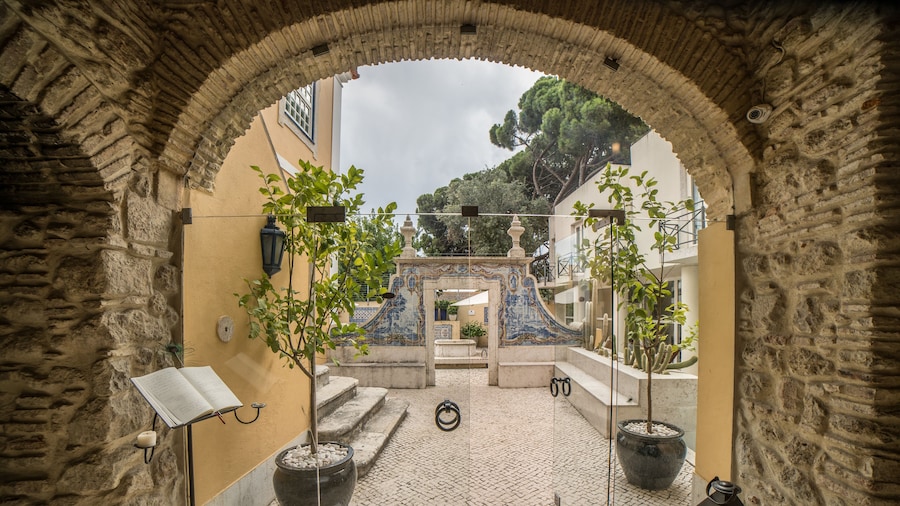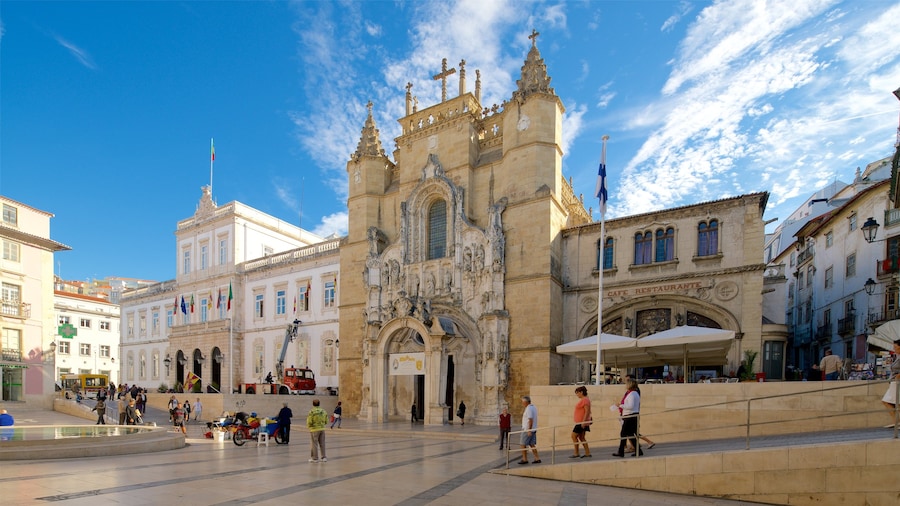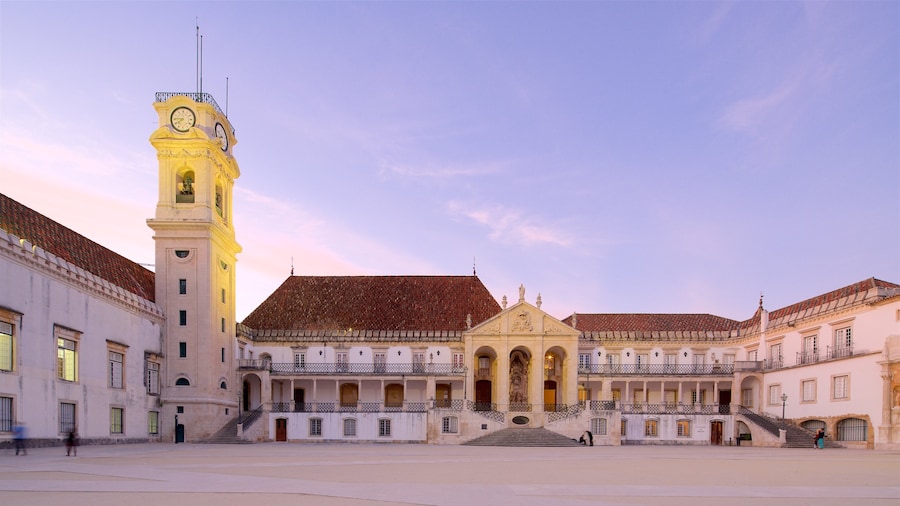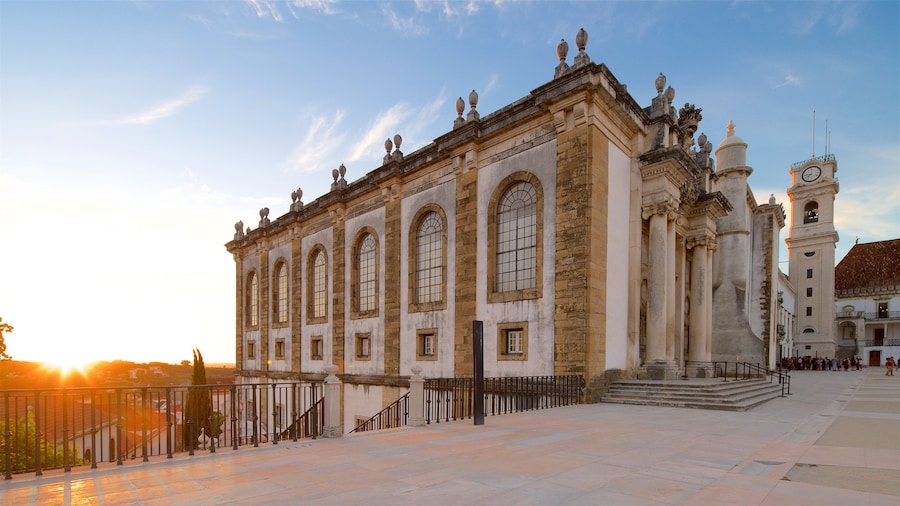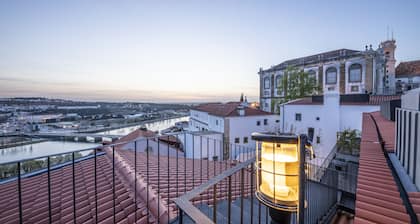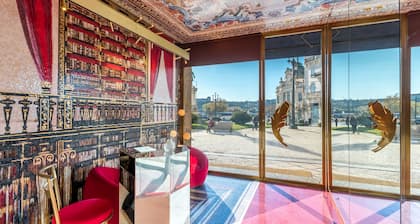Take a moment to relax in the Jardim da Manga, a small garden built around a yellow fountain that is believed to date back to the 16th century. Watch multiple fountains of water spurt upward and take pictures in front of the photogenic structure, which was named a national monument in the 1930s.
The garden is said to take its name from King Joao III, who, having conceived the idea of building the fountain, sketched its design on his own sleeve or “manga” as it is known in Portuguese. Examine the structure and find out why it is thought to be one of the prettiest early examples of Renaissance architecture in Portugal.
The garden was originally part of the neighboring Santa Cruz Monastery, where it was incorporated into the cloisters. Today, however, the garden is independent of the monastery complex.
Admire the unusual form of the butter-yellow fountain. The central dome structure, accessible via steps, is propped up by columns underneath and buttresses to the side. Around it are four stout circular towers. Note the symmetry of the fountain, a key feature of Renaissance-style design.
Though the name may mean garden, there is really very little garden here, but rather just a few very small patches of grass surrounding the fountain. Take a seat on the steps leading up to the fountain and listen to the relaxing sound of the water flowing.
Stop at the restaurant in the gardens and enjoy food and drinks while watching out over the fountain. Before leaving, pause to capture photos in front of the picturesque fountain.
Find the Jardim da Manga in Coimbra near the town’s university. Entrance to the garden is free. While here, visit the neighboring Igreja de Santa Cruz to view the tombs of the first two Portuguese kings, King Afonso Henriques and King Sancho I.


